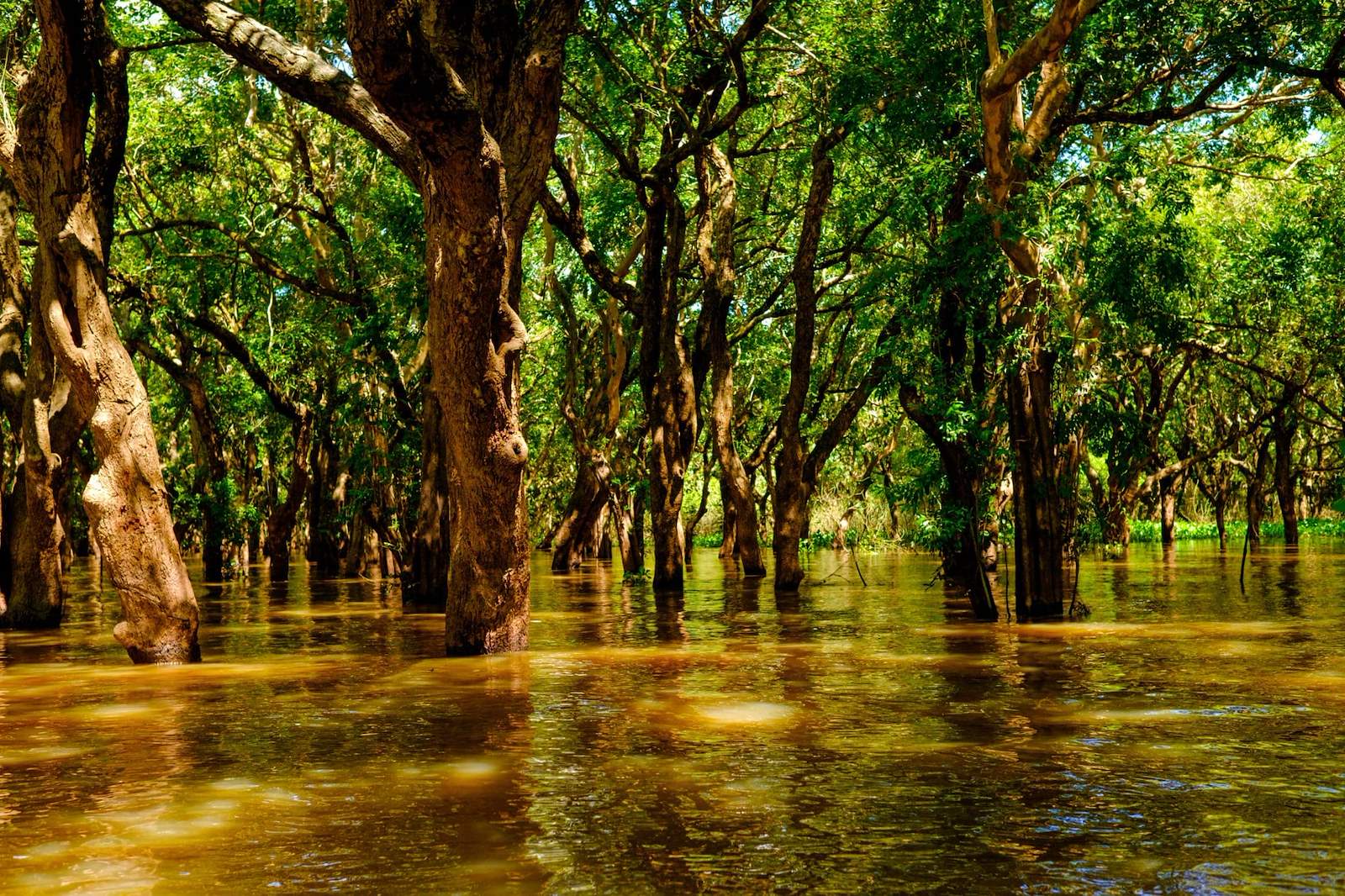Improving the flooded forest ecosystem
Flooded forest is a specific type of ecosystem characterized by the regular inundation of water due to the natural flooding of the Mekong River. Within this region, the flooded forests are adapted to the seasonal rise and fall of water levels, creating a dynamic environment that supports diverse flora and fauna. These areas are vital for the Mekong River's ecology, providing habitat for various species and contributing to the overall health of the river ecosystem.
Suitable area
Internal Rate of Return
Background
In the Mekong Basin, the flooded forest is mainly located between the Strung Treng to Kratie region and around the Tonle Sap Lake. These areas, however, are markedly different from each other. The stretch from Stung Treng to Kratie features a rock-based, fast-flowing riverine environment, whereas the Tonle Sap area is a sedimentary lake environment influenced by both tributaries and lake conditions.
Ongoing developments in the Mekong Basin, particularly the construction of hydropower dams, have brought about changes in river flows and flood patterns. The effects of these changes are most noticeable in the dam's vicinity and gradually decrease downstream in the lower Mekong Basin. These modifications significantly affect the hydrology of the flooded forest, resulting in permanent inundation in specific areas. One specific example of such impact has been studied in Tonle Sap Lake.
